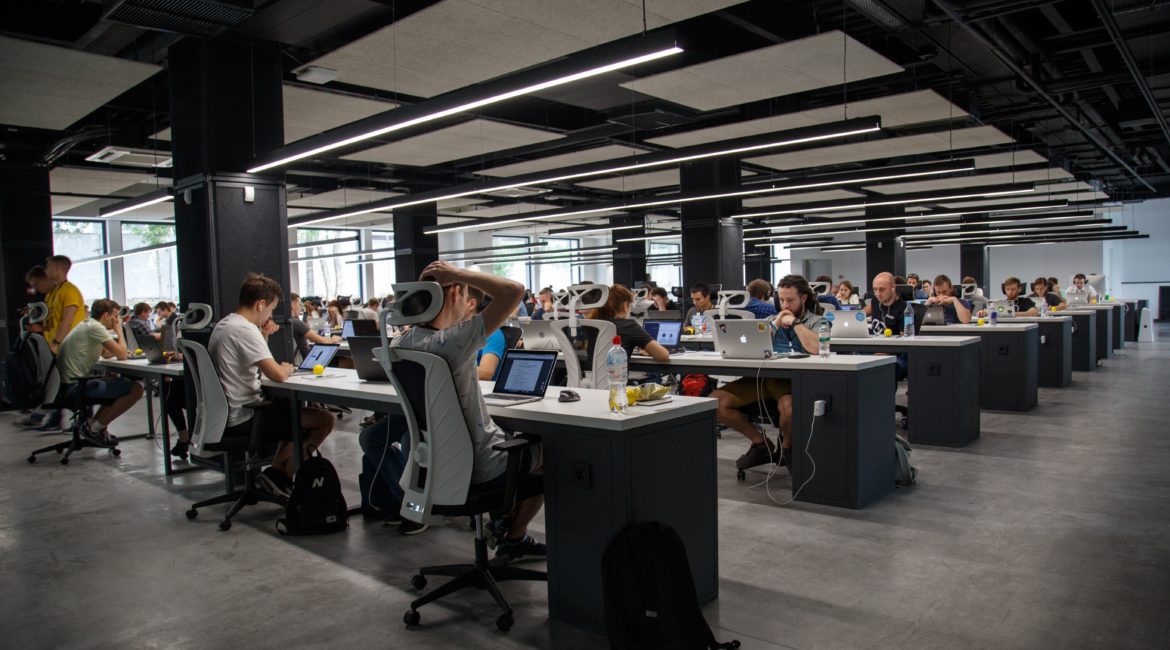It feels like a gross understatement and an outdated cliche to say that this past year has brought about a multitude of changes that we never saw coming. The sudden arrival of the global pandemic affected every industry in every corner of the world and the modern American workplace is certainly no exception. The 40-hour workweek has been the norm in America since the 1920s when the 8-hour workday was popularized by Ford Motors. Later, in the 1950s, high rises and traditional offices began to grow as the norm, and urban populations sprawled out towards the suburbs. The commute, the lunch break, overtime — these concepts have been drilled in as the norm for the better part of the past century, and, despite the monumental technological advancements and communication tools that have been developed since then, nothing pushed employers to really consider that there could be another way of doing things. Until the pandemic. Remote work, previously considered an add-on or possibility at cool, trendy companies, was necessitated overnight. Many companies struggled to play catch-up. Policies were re-written hurriedly. Even now, as corporate businesses are starting to consider easing back into office life, it begs the question: in areas where remote work was successful, should in-person attendance really be required in the same way it has been for so long? COVID has changed our work schedules, and the companies that are working to capture and retain great talent are the ones that don’t simply want to go “back to normal.” While many employees still desire at least some connection to a physical workspace, businesses that are ready to learn, listen, and adapt are implementing policies around flex hours, remote adaptability, and less constricting workspaces. Courtney Cotrupe, President of a creative agency called Partners + Napier, is working to create a space that meshes the work-from-home experience with the office. |
“Think about how you work at home: you might wake up in the morning, grab a cup of coffee, start to do some emails in the kitchen, then maybe you grab your laptop and go to the dining room table, and maybe you get up and walk around while you have a conference call. We really wanted to inspire that type of work here,” Cotrupe says.
The pandemic isn’t the only thing that has pushed workplace conversations to become more heightened over the past year: with greater calls for diversity, equity, and inclusion, businesses that are taking this momentum seriously are restructuring their priorities in more ways than one. Much like the pandemic, the decisions born of such conversations are going to last for some time.
Brent Hyder, the President of Salesforce, recently said: “The 9-to-5 workday is dead; and the employee experience is about more than ping-pong tables and snacks.”
Rest in peace, 9-5. Here’s to the future.

